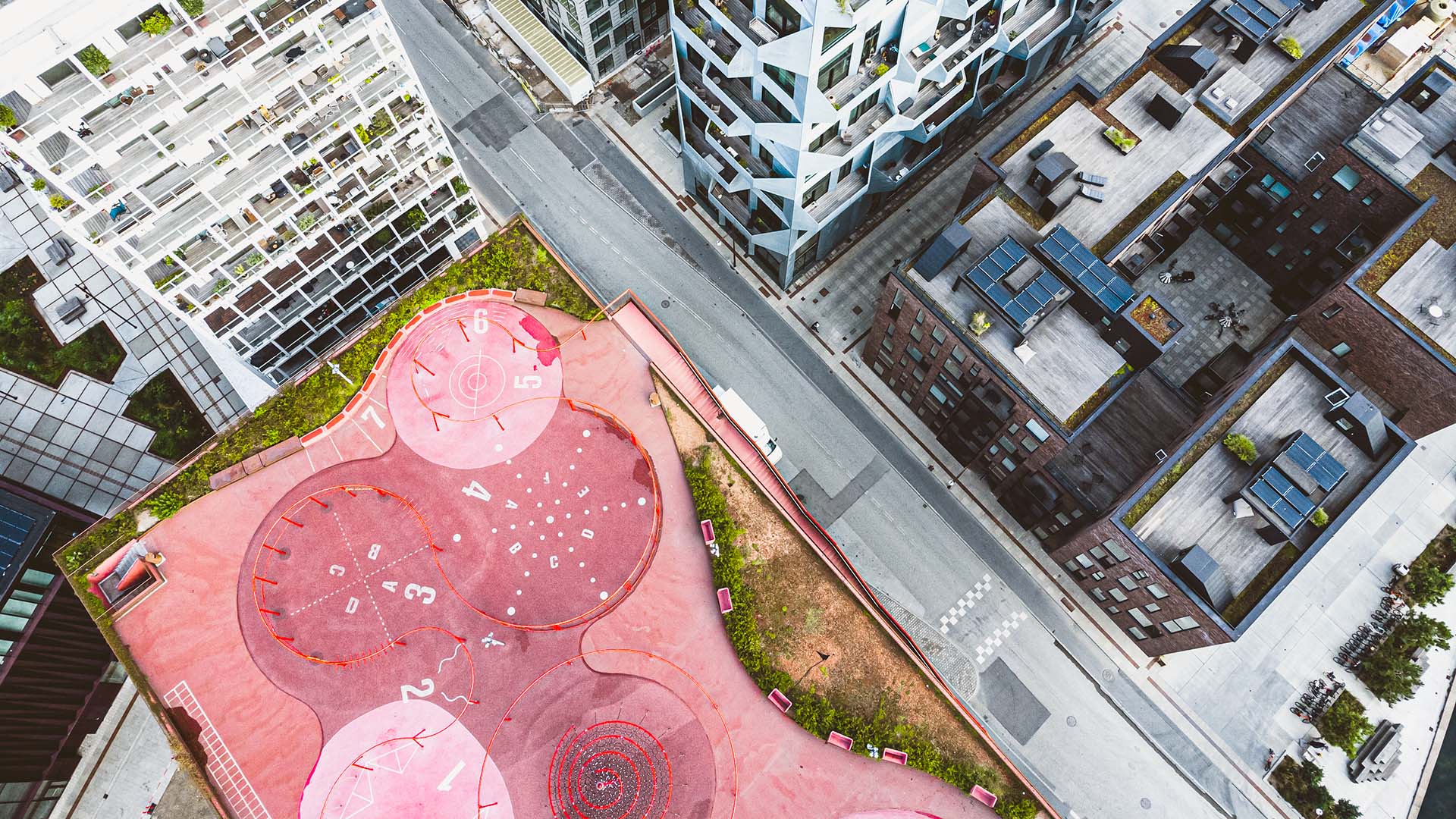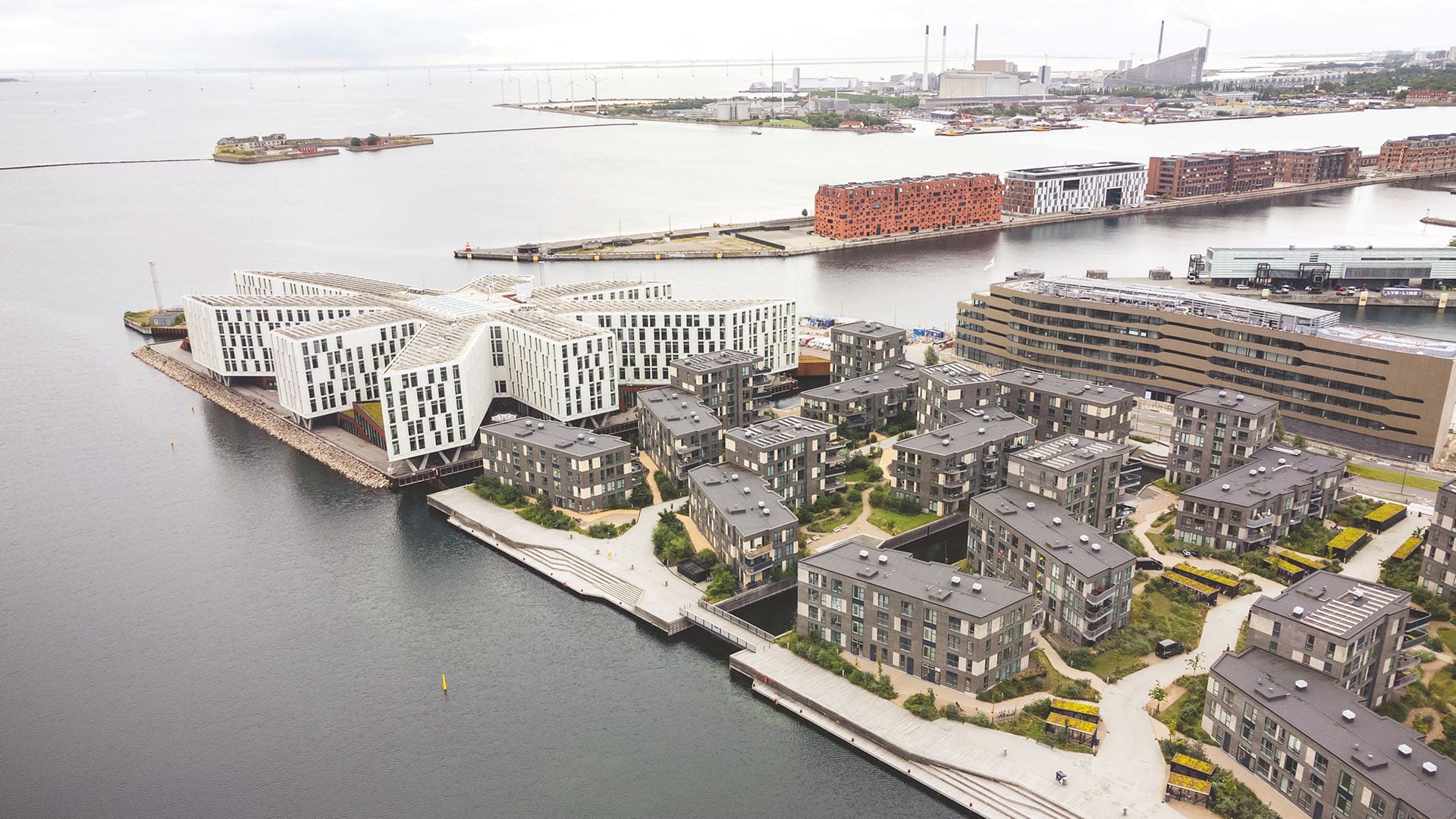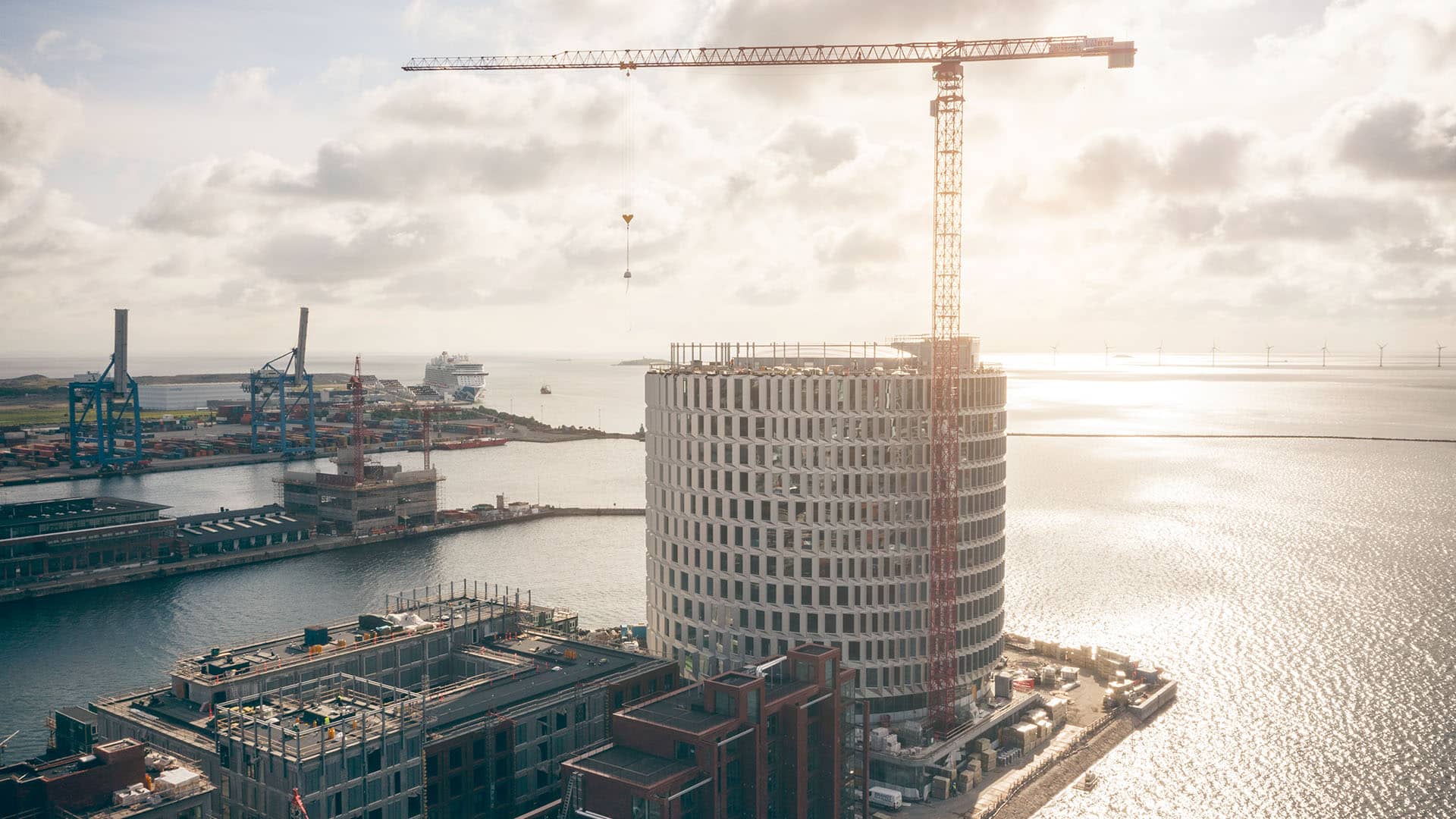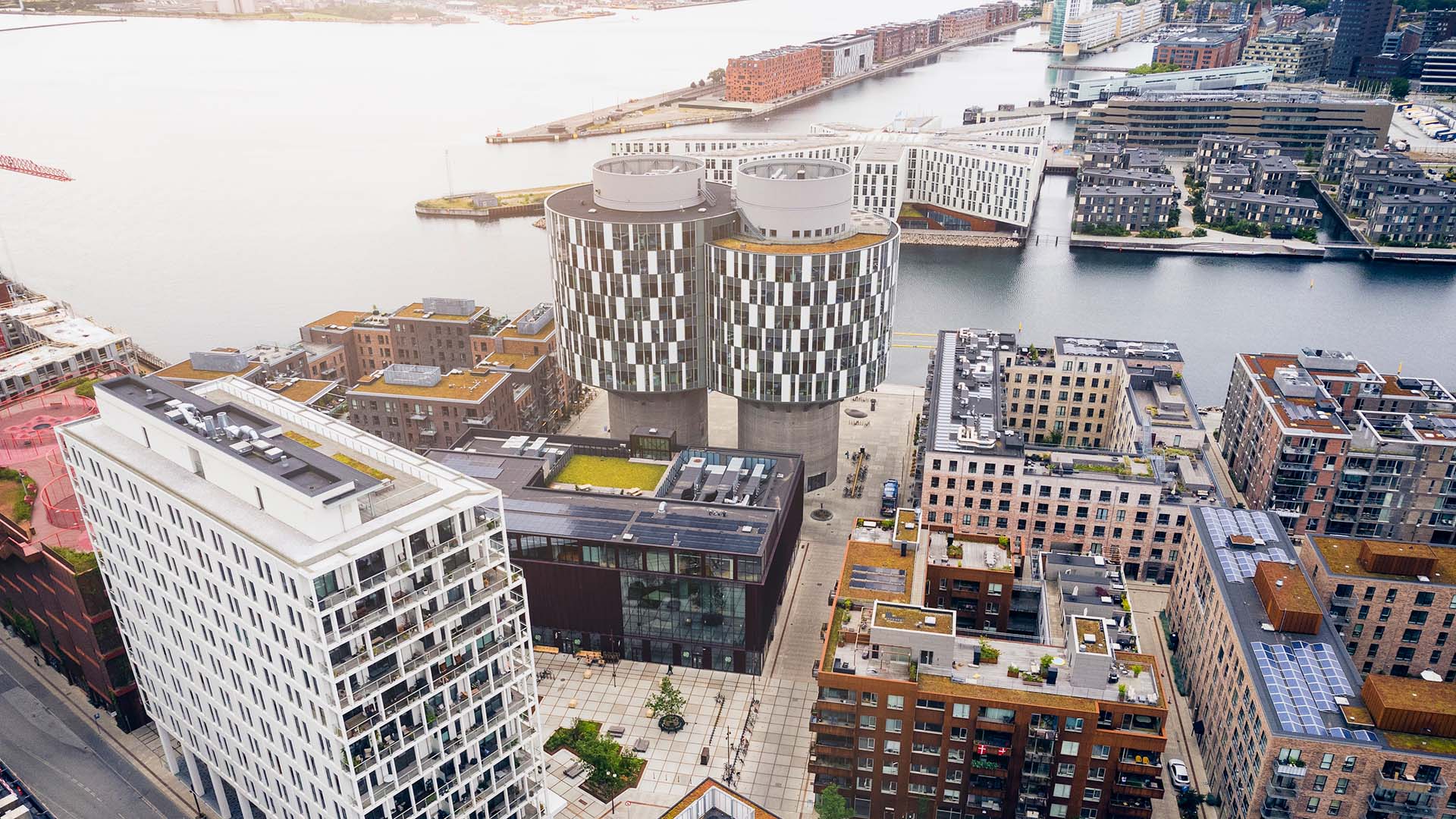When the newest metro station in Copenhagen opened in March 2020, it heralded the arrival of the Danish city’s biggest expansion in a generation: Nordhavn.
This former industrial zone north of downtown was once a hub of international shipping, and today it has transformed into a pioneering neighborhood built on smart energy.
This one-time port zone is now at the heart of Copenhagen’s push to become the first carbon-neutral capital on Earth. Discover how conscious travelers can discover highlights of Europe’s most innovative neighborhood.
As always, check for travel guidelines and closures before planning your trip.
Innovative Architecture
Nordhavn’s development has no doubt played a part in UNESCO’s naming of Copenhagen as a World Capital of Architecture. In recent years, some of the world’s most remarkable architecture has risen along its harbor.
Highlights include an old grain silo turned multiuse space featuring a restaurant and exclusive apartments, plus cement silos converted into eco-certified offices.
Even the city’s largest school, the Copenhagen International School, is a must-see. The building is powered by a facade of 12,000 solar panels, each individually angled to create a shimmering, sequinlike effect.

A local car park features a sprawling playground and public gym on its roof, and where former shipyards once lay, harbor bathing zones create a year-round beachlike atmosphere.
Science lovers should check out The BOD, Europe’s first 3D-printed building. Art lovers can explore the local scene at the Tunnel Factory, debuting in 2024 as one of Europe’s largest and most sustainable culture centers, located in the neighborhood’s decommissioned fabrication yard.
Travelers can visit these structures on walking tours offered by the Danish Architecture Center.
To learn more about how this neighborhood came to be such a hub for innovation, grab a coffee inside Cobe, the architecture studio responsible for many of the nearby buildings, which showcases full-scale models within its onsite café.

Shopping and Dining
Enjoying restaurants and perusing boutiques don’t have to feel like guilty pleasures — particularly in Nordhavn, where eco-friendly principles are at the core of most spaces.
Visitors can dine at any number of the neighborhood’s new “climate-conscious” restaurants. Among them are Mexican-style taqueria Hija de Sanchez, which supports small-scale Mexican farmers growing heirloom corn, and Japanese eatery Sushi Anaba, which only uses traceable and sustainably caught Scandinavian seafood.
Shoppers, meanwhile, are spoiled for options. The Audo is a fashionable café and concept store from Bjarne Hansen, founder and former CEO of MENU (a leader in the design space).
The Audo highlights the work of local creatives, selling everything from art prints to candles, lotions and Nordic home goods.
Elsewhere in the neighborhood you’ll find boutiques like The Aiayu Market, which sells responsible wardrobe and home essentials, and Second Female, which focuses on slow fashion.
For designer Danish homeware, browse through MENU Space, and for natural wine, drop into Centralen – Husted Vin, which doubles as a trendy wine bar.
City of the Future

Nordhavn is a neighborhood in constant flux. In fact, the district is well into an ambitious 40-year project to add housing for 40,000 people, as well as workspaces for 40,000 more.
The whole area has been designed as a “five-minute city,” meaning it’s possible to reach shops, restaurants, cultural facilities and public transportation in a five-minute or less walk from housing or hotels.
Ample paths and bike lanes make it exceedingly easy to get around, while the metro zips you to central Copenhagen in just 15 minutes.
Exploring this forward-thinking neighborhood feels like experiencing the future today. Plus, by choosing to spend your tourism dollars here, you’ll leave feeling as though your money supported the kind of initiatives this planet truly needs.




